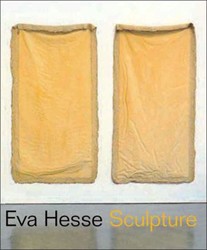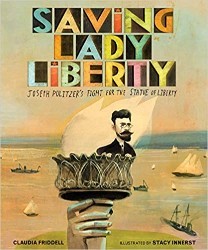This volume is much more than a catalog published for the four-month exhibition in 2007 of the works of Louise Nevelson at the Jewish Museum in New York, which, indeed, it is.* More than half of the book is comprised of distinctive photographs of the sculpture, as well as the exhibition checklist and a chronology of the artist’s life and works. The essays that comprise the text deserve careful attention, detailing Nevelson’s long life and artistic career, analyzing her art, placing it in the context of the larger world of post World War II art, and discussing her dramatic persona and its impact on the public when women artists were just beginning to be considered seriously. Nevelson’s Jewish roots are explored in “Louise Nevelson’s Self-Fashioning: ‘The Author of Her Own Life,’” where the eminent historian Michael Stanislawki conjectures about the Nevelson family in 19th century Russia, concluding that their settling in Rockland, Maine could be related directly to their Russian past.
Nevelson’s incorporation of found objects (“foraged wood”) into monumental monochromatic structures is explicated in the essay “Black, White and Gold” by Arthur C. Danto. Other essays by the editor Brooke Kamin Rapaport and Harriet F. Senie deal with her biography and her public works respectively.
Nevelson’s Jewish identity is most closely associated with her Holocaust memorials, Homage to the 6,000,000 I and II, one located in Osaka, Japan and the other in Jerusalem at the Israel Museum. Nevelson also executed sculptures on commission for synagogues and other religious institutions.
For an appreciation of Nevelson’s art, this book offers a wonderful array of photographs; for a window into her Jewish sensibility, the essays touch on her life, her selfdefinition, and the works that relate to Jewish themes.
The subtitle of the book, “Constructing a Legend,” ambiguously ties her autobiographical fictions to her sculptural constructs. While it is somewhat misleading, the book itself is a well-researched contribution to the field of art criticism.





